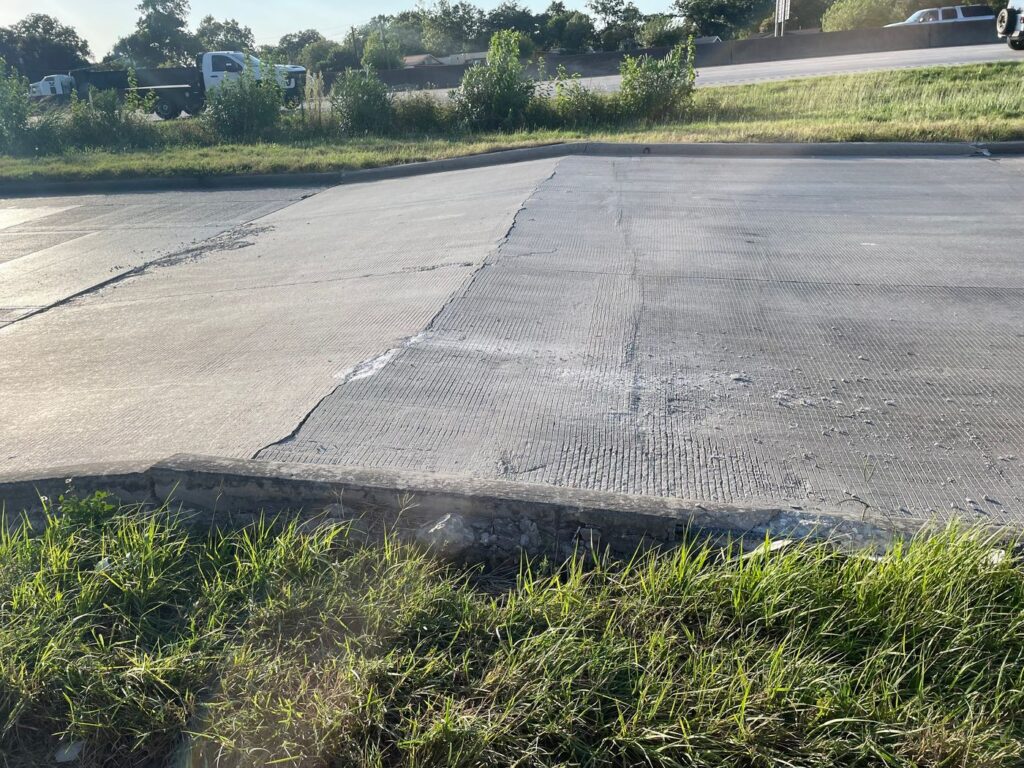
Last year, during a similar heat wave, we wrote about the role of climate change in altering our design choices for projects. The post referenced extreme heat’s impact on some infrastructure elements like train tracks and runways, which have to make adjustments to account for the literal changing of material composition when temperatures rise.
This year, the latest news around heat waves centered on the most basic of infrastructure–those roads, bridges, and more built to the design standards of the 20th century when extreme heat was not present. Engineering and construction experts fear design standards have not kept pace with a warming climate worldwide, leading to buckling roads and power outages.
Close to home, buckled roads recently beleaguered communities in Louisiana, Houston, and Wisconsin. As asphalt, used in more than 90% of U.S. roads, absorbs heat, it melts and deforms. Drivers can easily recognize the tell tale signs of affected asphalts with the bumps and ripples that jostle passengers on an everyday commute.
Concrete highways, by comparison, incorporate steel joints that allow surfaces to expand to prevent cracking if the roadway becomes too hot.
Thankfully, buckled roads are fairly easy to spot, but the effects on buildings and electrical structures are far less visible. Items like sealants, glues, and adhesives that hold together pipes are extremely vulnerable to heat and when they crack can lead to huge problems.
All of these considerations, plus the impact of window-centric designs and more, must play into our work as architects and designers. At COR3 Design, we work closely with our partners and clients to ensure measures are taken to review the possible impact of extreme temperatures–both cold and hot–before we move into the building phase of work.


